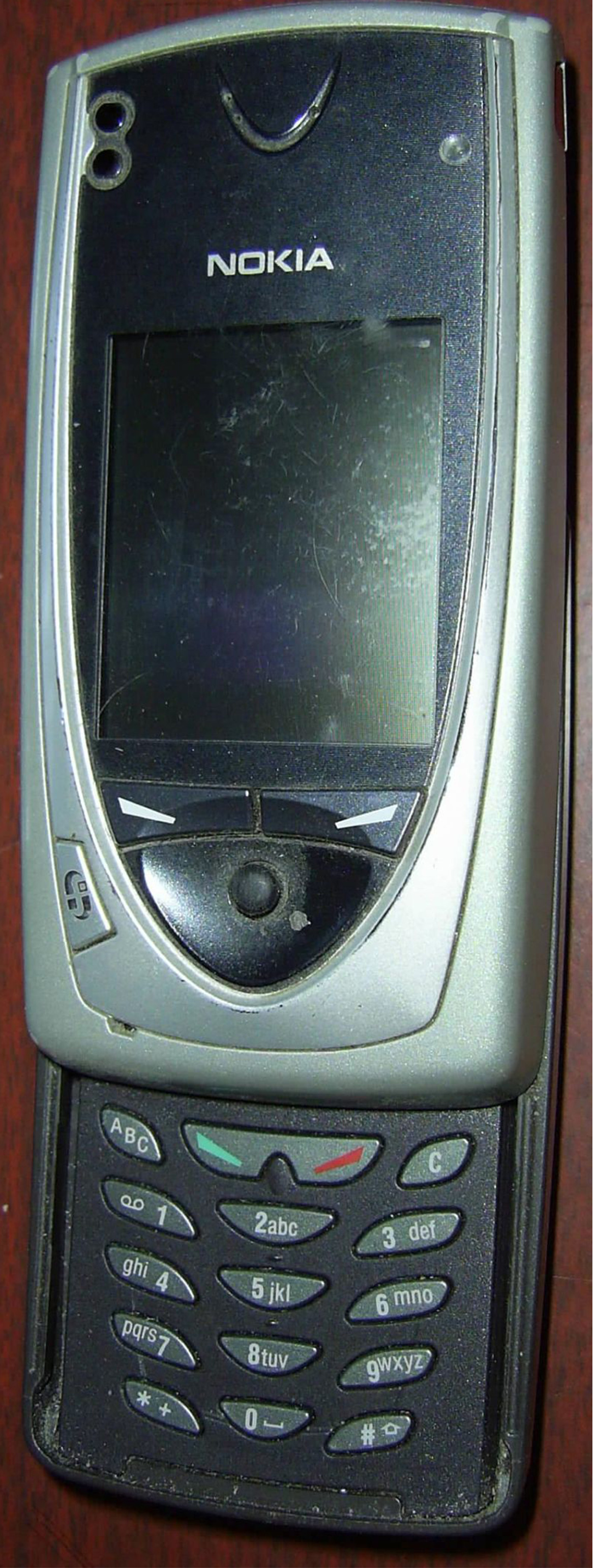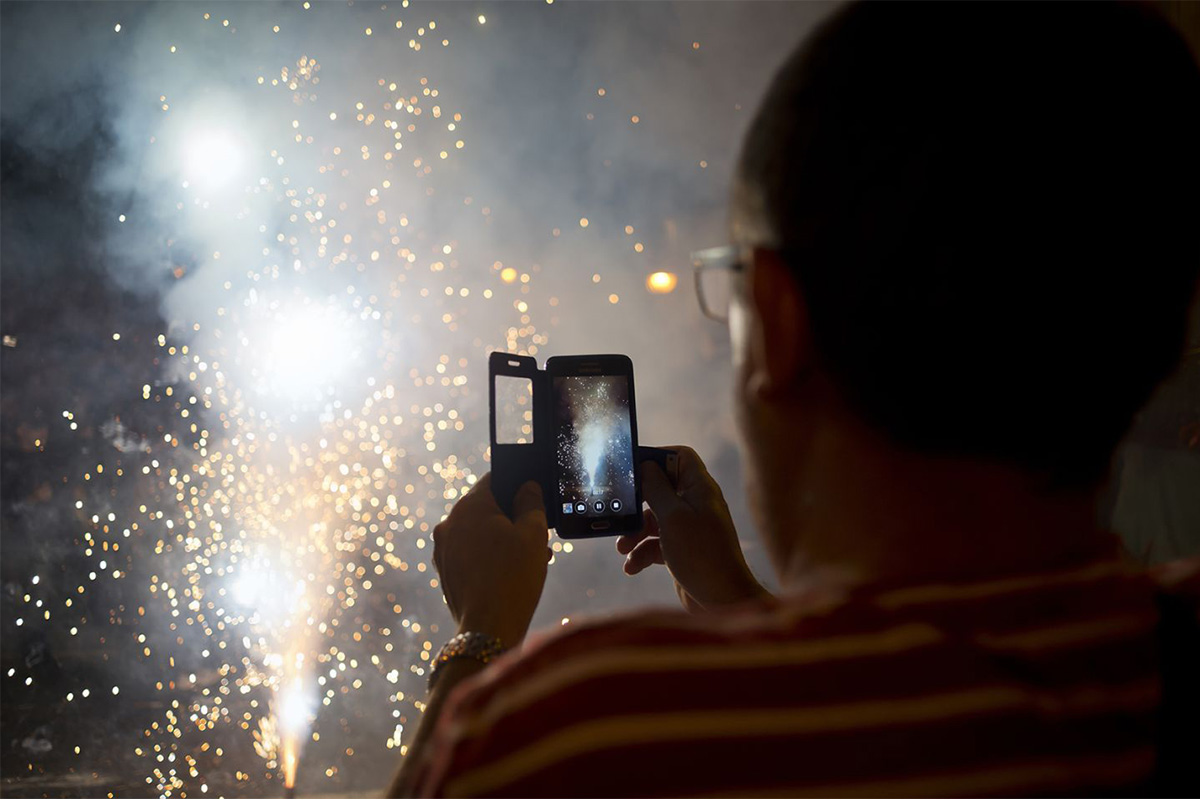
The History of Photography - Part 8:
Smartphone Cameras
You don’t always readily have your camera at hand. Imagine you’re on the go and you see something amazing that you would like to snap a quick photo of. What device do you whip out to do this? That’s right, your smartphone. For many people today, this handy device has replaced the digital camera. But it’s no wonder: nowadays some smartphones come with built-in cameras with up to 41 megapixels. But just how did it come to this vast improvement?

“Look at This, I’ve Got a Camera Phone”
Already in 1999 Japan brought the first camera phone to market, but it would take another three years until they were introduced here. In 2002, the Nokia 7650, Panasonic EB-GD87, and Sharp GX10 were introduced, all three coming with an integrated camera. These were of course not as good as the cameras available in phones today, but this was an innovation that had never been seen before at the time. The integrated cameras had resolutions up to 0.3 megapixels and were counted amongst some of the better cameras at the time. Recording videos with a phone, however, was still unimaginable. The term camera phone quickly became established to describe such devices, but didn’t stick around for long since, after a short period of time, almost every mobile phone came with a built-in camera. Today, anyone caught saying something like “I’ve got a camera phone” would be laughed out of the room.
One Step Back… - The Development of Cameras in Mobile Phones
So how did it exactly come to pass that mobile phones started being made with cameras? The innovation actually began ten years before the first camera phones came about in Switzerland. Mobile phones had already been around for a while at the time, but you could barely compare them to the smartphones we know today - with these phones you could only really call people. At this point in time, however, the American company IBM was dreaming of telephones that functioned like small computers. This was when the IBM Simon came about, which is nowadays seen as the predecessor of the modern smartphone. The phone really was quite innovative for the time: you could send out emails and faxes, manage calendars and address books, and even play games. In addition, this was the first device to feature a touch screen. There was only one thing missing - a camera. This was made reality in 1999 with the Toshiba Camesse. The Japanese company accomplished something unbelievable: they were able to make a mobile telephone with an integrated camera. The camera built into the Camesse might only have had a resolution of 0.1 megapixels, but the phone was still able to achieve cult status.

… and Three Steps Forward
The quality of photos shot with camera phones of course came nowhere close to the standard of quality offered by digital cameras in the beginning. For a long time, photos shot with camera phones showcased poor quality. In 2004, the Sharp GX30 came about, which was the first camera phone that had an integrated camera of one megapixel. Another milestone this phone achieved was that you could also record short films up to 45 seconds in length. But these kinds of standards would not be around for long. There is hardly another area of technology out there that also saw the same amount of progress in such a short amount of time. Not only were smartphones improved in general, but much value was also put on improving the camera quality. Today, most modern smartphone cameras come with a resolution of 8 - 13 megapixels. The fixation to continuously improve integrated cameras came to an apex in 2013 with the introduction of the Nokia Lumia 1020, which comes with a whopping 41-megapixel camera.

What wasn’t yet possible in 2002 now belongs to one of the base capabilities of every mobile with a camera today: video recordings. Nowadays, many people also use their smartphones to record videos. The quality of the recording, however, does heavily depend on the mobile phone itself. Simpler models that aren’t smartphones aren’t capable of recording videos that are going to impress people. Smartphones, on the other hand, are nowadays built with powerful graphic processors. Thus, high-quality Full-HD recordings have become somewhat of the market standard. They’re still not close, however, to the quality offered by SLR cameras. For now…
Progress Continues
Smartphones have become an integral part of everyday life for most people. Thanks to the continuous development of things like mini computers that can fit in your pocket, other areas of technology have slowly begun to advance a bit more slowly, like digital cameras for instance. In 2007, digital camera sales began to decline due to the improvement of high-quality smartphone cameras. Currently, there are also many gadgets available out there that are slowly making it possible to compare them to professional cameras. There are, for instance, various attachable lenses, such as fisheye or wide-angle, that you can fit onto your smartphone to make your photos more professional-looking. There are still, however, many other areas in which smartphone cameras just can’t keep up with when compared to high-quality SLR cameras. It will also probably take quite some time before this comes to pass.
